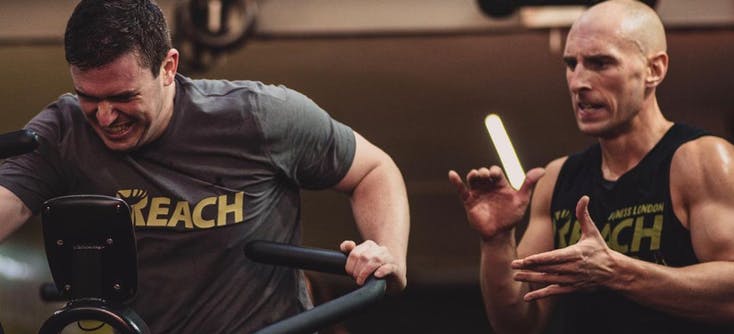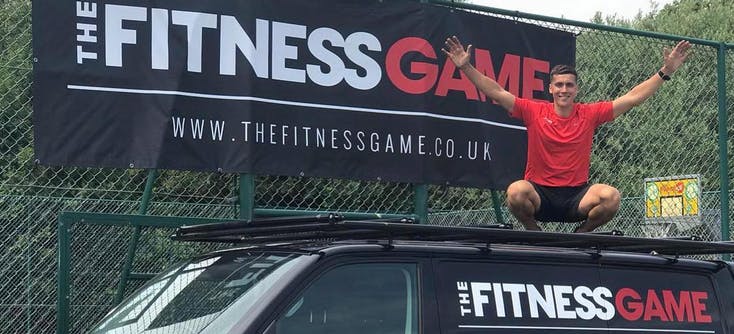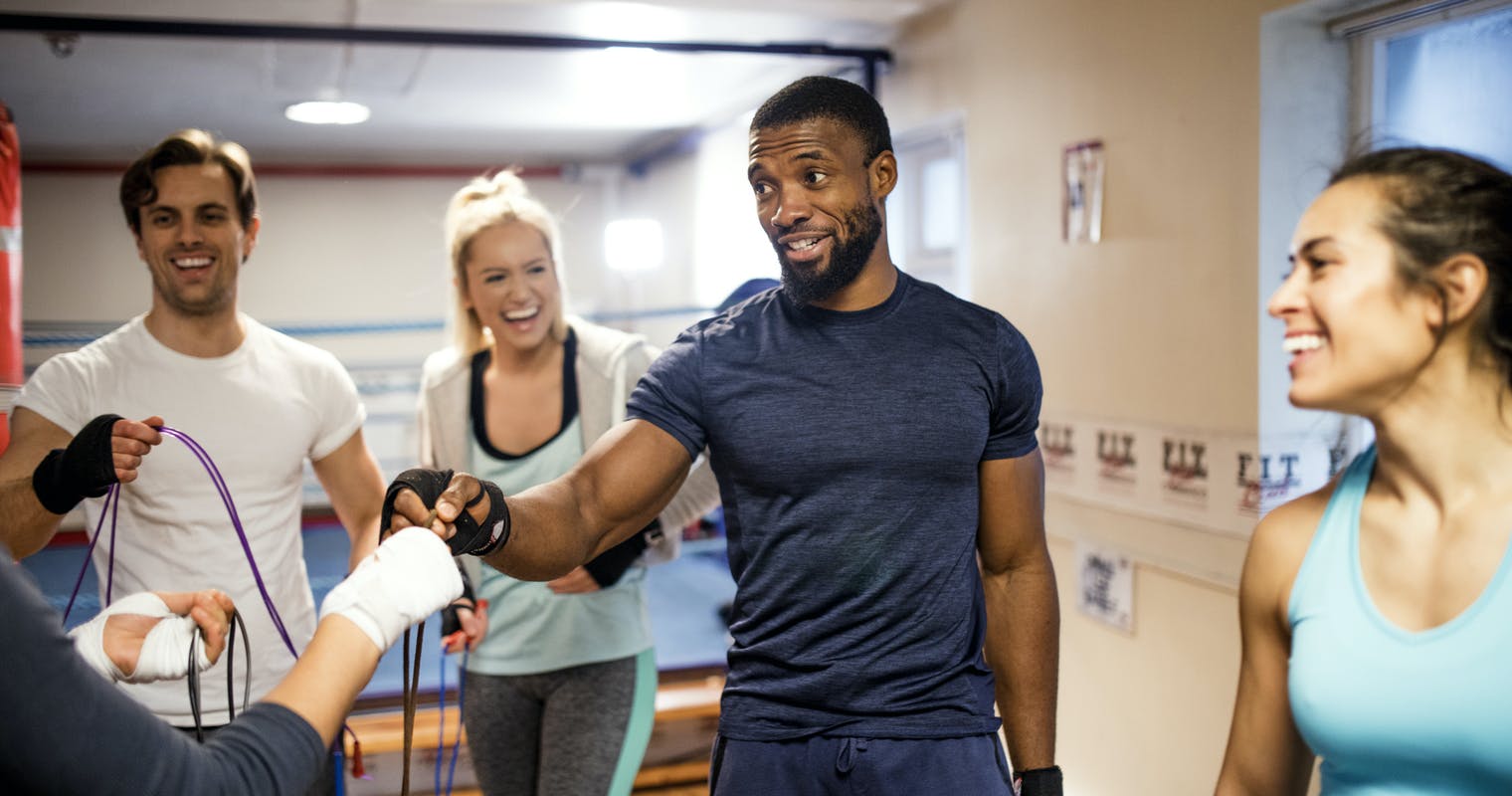Personal training assessments are essential for both trainers and clients. They offer a way to measure fitness, set achievable goals, and customize exercise plans. Done well, these assessments lead to real, trackable progress.
This guide will explain how to conduct these evaluations effectively and how to understand the results for better training. A solid personal training assessment strategy can improve a trainer's practice and help clients reach their fitness goals more efficiently.
What is a Personal Training Assessment?
A personal training assessment is a process that personal trainers use to gather baseline data and provide a basis for developing goals and effective exercise programs. The assessment process involves gathering and evaluating various pieces of information to give the personal trainer a broader perspective of the client. The assessment process may fall within the services typically provided to all clients or constitute an additional revenue stream for the personal trainer. The assessment process typically includes the following steps:
- Interview
- Movement Assessment
- Body Composition Test
- Work Capacity Test
- Loaded Assessments
- Interview. Before performing any assessments or movement tests, the personal trainer should interview the client to determine their goals and objectives. This is important because it helps the trainer understand the client's needs and design a program tailored to their goals.
- Movement Assessment. Movement assessments are essential for personal trainers to get valuable information when designing a client's exercise program. Movement assessments help trainers identify potential areas of injury and reasonable starting points for recommended intensities and volumes of exercise, based on the goals and fitness outcomes.
- Body Composition Test. Testing a client's body composition is important because most clients you work with will have fitness goals that reference body composition. Therefore, it’s important to have a way to track progress and the efficacy of your training program.
- Work Capacity Test. Work capacity tests help trainers understand the client's current fitness level and what they can and can’t include in their exercise program.
- Loaded Assessments. Loaded assessments are more advanced and require assessing movements when the client has weights. Breakdown in form and the introduction of movement compensations might be a lack of strength and coordination instead of overactive or underactive muscle.
How is a Personal Training Assessment Conducted?
A Personal Training Assessment is conducted systematically, gathering personal history and then by specific tests.
The sequence of these tests is critical, and the right tools and equipment, ranging from calipers to treadmills, are employed for accuracy. Here's a more detailed breakdown:
Steps and Sequence
The initial stages involve gathering personal and medical histories. Subsequent tests follow an order from least to most strenuous, ensuring consistent and accurate results across all evaluated areas.
Tools and Equipment Needed
Accurate assessments require specific tools. For instance, body composition might utilize calipers or bioelectrical impedance scales.
Cardiovascular health checks could involve treadmills or stationary bikes. Functional movement screens could be part of the movement analysis, and strength evaluations might use resistance bands or free weights.
With the correct methodology, a Personal Training Assessment can offer invaluable insights into an individual's fitness journey, guiding the creation of effective workout plans.
10 Steps to Conducting a Personal Training Assessment
Conducting a Personal Training Assessment involves assessing posture, analyzing movement, performing an overhead squat test, using heel lifts, testing core strength with sit-ups, and evaluating endurance, among other steps.
This systematic process allows fitness professionals to gather crucial information about an individual's physical condition and capabilities. By following this structured approach, trainers can pinpoint strengths, identify areas for improvement, and tailor training regimens that best suit an individual's needs.
Let's delve into each of these essential steps in detail.
1. Assess Posture
Posture assessment is the starting point. A good posture indicates a balanced musculoskeletal system and can prevent various physical ailments.
During this step, trainers observe the alignment of crucial body parts, checking for any imbalances or misalignments that might indicate underlying issues or areas that need strengthening.
2. Analyze Movement
Movement analysis dives deeper into how an individual performs various tasks. This step helps identify irregular movement patterns that could lead to potential injuries or inefficiencies in workouts.
By observing how joints and muscles work in tandem during different activities, trainers can pinpoint weaknesses and areas for improvement.
3. Perform an Overhead Squat Test
The overhead squat test is a dynamic evaluation of an individual's lower body and core strength. It provides insights into flexibility, balance, and muscle symmetry.
Any deviations from the ideal squat form can indicate specific muscular imbalances or mobility restrictions.
4. Use Heel Lifts When Necessary
Heel lifts are essential for leg length discrepancies or specific postural issues.
If, during the assessment, a trainer identifies that one leg is shorter than the other or if there's an issue with arch height, heel lifts can help correct these imbalances and ensure better workout outcomes.
5. Test Core Strength with Sit-Ups
The core is the powerhouse of the body. Trainers can gauge core strength and endurance by assessing an individual's ability to perform sit-ups.
The number of sit-ups performed in a set time or the ability to maintain correct form provides valuable data on core muscle health.
6. Evaluate Endurance
Endurance evaluation examines an individual's stamina. This can be done through various exercises, ranging from sustained cardiovascular activities to repetitions of specific exercises.
This step assesses cardiovascular health and provides insights into muscle fatigue and recovery rates.
7. Check Flexibility
Flexibility is critical to overall fitness, affecting movement efficiency and injury risk. During this phase, trainers utilize specific stretches and movements to gauge the range of motion in major joints.
Whether it's a hamstring stretch or a shoulder mobility test, these exercises provide insights into areas that might be tight or restricted and, thus, require targeted stretching or mobility work.
8. Measure Recovery Time
Recovery time can indicate cardiovascular health, muscle endurance, and overall fitness levels. Trainers might employ exercises where the individual's heart rate is elevated, then the time taken to return to a resting rate is measured.
A shorter recovery time often suggests better cardiovascular efficiency and conditioning.
9. Test Balance and Coordination (New)
Balance and coordination are foundational to many workout routines and daily activities. Simple exercises, such as standing on one foot or performing coordinated hand-eye movements, can reveal potential issues.
Identifying these early on ensures that individuals can enhance their stability and coordination, leading to safer and more effective workouts.
10. Assess Mental Focus and Readiness
While physical capabilities are vital, mental readiness is equally crucial in effective training. Trainers might engage in discussions or use questionnaires to understand an individual's motivation, goals, and potential mental blocks.
This step helps ensure that the person is mentally aligned with their fitness journey, making it more likely for them to adhere to routines and achieve their objectives.
Each step contributes to a holistic understanding of an individual's fitness landscape when executed meticulously. With such comprehensive insights, trainers are better equipped to design training programs that cater to specific needs, ensuring optimal progress and results.
How to Interpret Personal Training Assessment Results?
To interpret personal training assessment results, trainers must first grasp the underlying scores and metrics and then translate these numbers into actionable goals that align with an individual's fitness aspirations.
By transforming quantifiable insights into a structured training roadmap, trainers can ensure that individuals remain motivated and on track to achieve their desired outcomes.
How to Tailor Assessments for Different Skill Levels?
Tailoring assessments for different skill levels involves creating distinct evaluation methods for beginners, focusing on foundational strength and fundamental movement patterns, and advanced athletes, which delve into specific performance metrics and optimization areas.
By differentiating the assessment approach, trainers can ensure each individual's relevance and appropriate challenge levels.
What are the Mistakes to Avoid During Personal Training Assessments?
Mistakes to avoid during personal training assessments include common pitfalls such as over-relying on a single test or neglecting the mental and emotional states of the individual.
To maintain accuracy in evaluations, a holistic approach is crucial. This means employing a mix of tests tailored to the individual's skill level and staying updated with the latest assessment techniques.
How Often Should Personal Training Assessments Be Done?
Personal training assessments should ideally be conducted every 6-12 weeks. This frequency allows trainers to gauge noticeable progress and adjust the training programs, ensuring that individuals continually progress toward their fitness goals.










